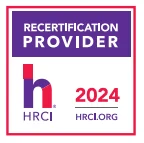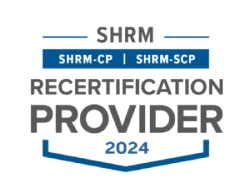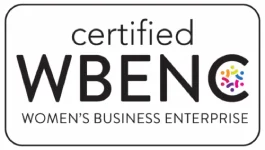Partially Self-Funded Plans with an HRA

Partially Self-Funded Plans with an HRA
As health insurance costs continue to rise, more and more small and mid-size employers are looking for ways to take control of their healthcare costs. A health reimbursement account, or an HRA, is a way in which employers can step into self-funding and start to take some control. A health reimbursement account is an opportunity for the employer to self-fund a portion of the health insurance plan. Typically, employers will choose a plan with a higher deductible, higher co-pays, and potentially higher co-insurance, and will decide to self-fund that portion of the plan to take on some risk.
Companies that have considered self-funding, but are wary of some of the risks, might want to take a step towards self-funding with a health reimbursement account. By utilizing increased deductibles, co-pays and co-insurance and putting an HRA into place, an employer is taking the risk that the reduced premiums will outweigh the risks associated with increased utilization. The risk is that if utilization is high, the cost for the health reimbursement account could outweigh the cost savings and the premium differential.
What are some things to consider when employers are looking at instituting an HRA?
For advantages, the employer would start to see some insights into claims activity that they might not be getting if they’re fully insured. And of course, they have the opportunity for cost savings in good years. Some cons are that HRAs can be administratively burdensome, and, you have no idea whether or not your utilization will be high or low in the coming year.
It’s easy for us to provide an analysis to tell you what the best and worst year would look like within a health reimbursement account. Contact us at info@ibpllc.com to find out what your year might look like if you’d like to institute an HRA.
Categories
Archive







